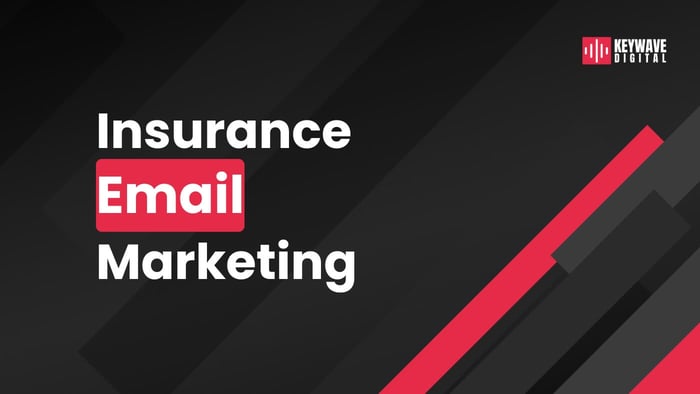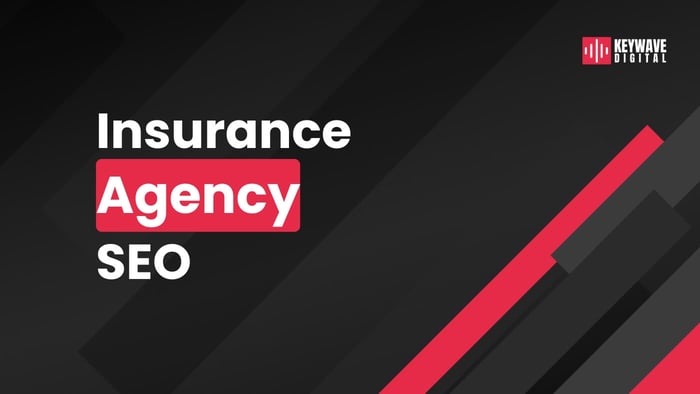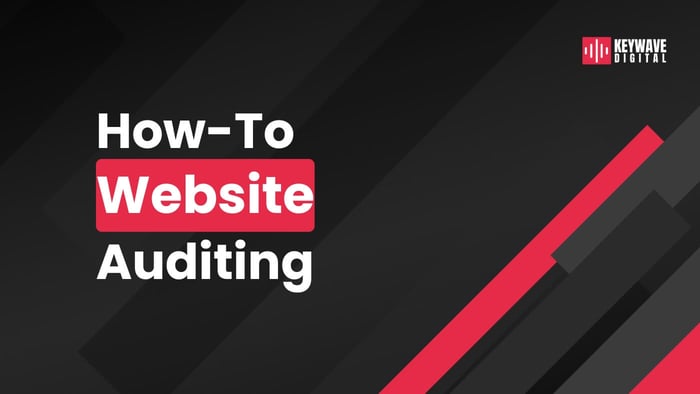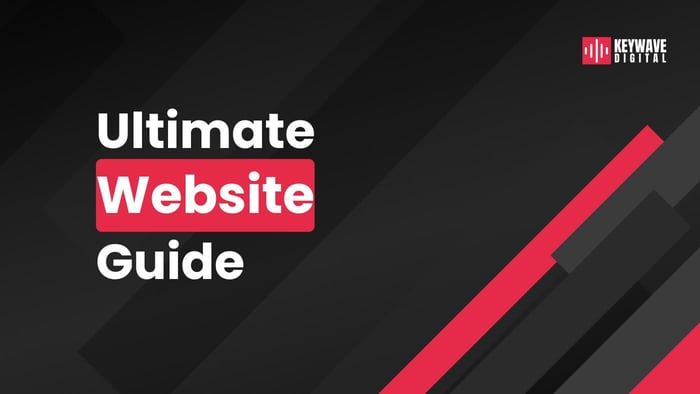In today's fast-paced digital world, insurance agencies need to stay ahead of the curve and engage with their clients effectively. Among the various online marketing tools, email marketing stands out as a powerful medium for insurance agencies to reach out to their audience, nurture relationships, and ultimately drive business growth. By leveraging the advantages of email marketing, insurance agencies can not only increase awareness of their services but also build long-lasting connections with clients.
Table of Contents
- Why Email Marketing is Important for Insurance Agencies
- Building a Strong Email List
- Types of Emails for Insurance Marketing
- Creating Effective Email Campaigns
- Designing Emails and CTAs
- Measuring the Success of Email Marketing
- Advanced Techniques for Insurance Email Marketing
- Frequently Asked Questions
- How can insurance agencies effectively leverage email marketing?
- What are the best practices for creating email templates for insurance agents?
- How can insurance agents introduce themselves through email?
- What are some successful win-back email strategies for insurance?
- What elements should be included in insurance newsletters?
- How can email marketing boost insurance lead generation?
- Key Takeaways
- Conclusion
Why Email Marketing is Important for Insurance Agencies
Email marketing has become an essential tool for insurance agencies since it offers a powerful and cost-effective channel to communicate with clients and prospects. We know that establishing strong relationships with customers is crucial to the success of any insurance business. Therefore, let's discuss why email marketing is indispensable for insurance agencies.
Firstly, email marketing enables us to reach out to a targeted audience effectively while streamlining the communication process. By utilizing well-crafted email campaigns, we can provide valuable information to our prospects and clients, keeping them updated about our latest offers, policy changes, and more.
Moreover, email marketing allows us to achieve various goals such as increasing brand awareness, driving sales, and improving customer service. By sending out personalized emails, we not only create a connection with the recipient but also enhance the visibility of our brand. Such tailored communication ensures that our clients receive the most relevant information, leading to better customer satisfaction.
In addition, insurance email marketing is known to provide a high return on investment (ROI). Considered one of the most cost-effective marketing strategies, email marketing generates significant returns for every dollar spent. As insurance agencies, we can allocate our marketing budget to various digital channels; however, email marketing remains a powerful tool to consider due to its proven effectiveness and affordability.
Another advantage of email marketing for insurance agencies is the ability to track and analyze key performance indicators (KPIs) like open rates, click-through rates, and conversion rates. This data-driven approach allows us to optimize our campaigns, improve our messaging, and ensure that we continue to meet our clients' needs effectively.
In conclusion, email marketing is a vital component of an insurance agency's overall marketing strategy. It helps us maintain strong relationships with our clients, achieve our goals, and contribute to the growth of our business. By leveraging the power of insurance email marketing, we can provide exceptional customer service and stay ahead in an ever-evolving industry.
Building a Strong Email List

Acquiring New Prospects
To expand our client base, it's essential to continually acquire new prospects. Participating in local events, providing helpful resources on our website, and utilizing social media channels can attract potential clients. By offering valuable content, we can encourage them to sign up for our email list. For example, we might offer an informative insurance guide, a free webinar, or a useful checklist in exchange for their contact information.
When obtaining email addresses, it's crucial to use a double opt-in system. This ensures that subscribers genuinely want to receive emails from us, as they must confirm their subscription through a follow-up email. Not only does this aid in keeping our email list clean, but it also helps improve overall engagement and deliverability.
Existing Clients
Our policyholders and current clients provide an excellent opportunity to grow our email list. It's crucial to keep them informed about new policies, industry news, and updates on our services. By maintaining regular communication, we can build trust and ensure that our clients feel valued.
At every touchpoint, we can request clients to update their email addresses and encourage them to forward important information to friends and family members who may also benefit from our services. Moreover, using segmented email campaigns targeting specific client segments will enable us to engage them better by providing tailored content and offers.
Referrals
Referrals from satisfied clients are a powerful way to grow the insurance business, as people are more likely to trust the recommendations of friends and family. We should encourage clients to refer others by implementing a referral program, offering incentives, and making it easy for them to share our content.
In our email campaigns, we can include a clear call-to-action, urging clients to forward the email to their contacts. Additionally, we can create a referral landing page where clients can easily enter the contact information of their referrals. It will allow us to generate more leads and expand our email subscribers at the same time.
By focusing on these three core areas - acquiring new prospects, existing clients, and referrals - we can build a strong and productive email list that will propel our insurance agency toward success.
Types of Emails for Insurance Marketing

Promotional Emails
Promotional emails are a core component of an insurance agency's email marketing strategy. They are designed to promote new products, policy renewals, and special offers, such as discounts during holidays or open enrollment periods. These emails can include newsletter updates, welcome emails, and announcements of new products or services. When crafting promotional emails, we must ensure a balance of promotional content with valuable information so that our customers perceive them positively.
Content and Educational Emails
Providing educational insights to our customers is crucial for building trust and adding value to insurance services. By leveraging content and educational emails, we can share relevant information/resources that our customers would benefit from. For example, offering strategic tips about how to select insurance policies, guidelines on lowering insurance premiums, or even safety tips for maintaining their insured assets. Additionally, this type of email allows us to position ourselves as industry experts and develop stronger relationships with our clients.
Engagement and Nurture Emails
Engagement and nurture emails play an essential role in maintaining a healthy relationship with our customers. Examples include testimonial requests, feedback emails, reminder emails, and even thank you emails. These types of emails can be triggered based on different events, such as policy renewals, billing deadlines, or claims processing.
Testimonial Request: By requesting testimonials from satisfied customers, we can build social proof for our services.
Feedback Email: Asking for feedback helps us understand our customers' experiences better and improve our services.
Reminder Emails: Sending timely reminders about policy renewals, open enrollment deadlines, and other important events ensures that our customers don't miss out on vital updates or opportunities.
Thank You Emails: Expressing gratitude in the form of thank you emails makes our clients feel valued and appreciated, strengthening the connection.
By incorporating various branded emails in our email marketing efforts, we can create a comprehensive strategy combining promotional, content, educational, and engagement elements, ultimately increasing customer satisfaction and loyalty.
Creating Effective Email Campaigns

Developing Goals and Strategy
In order to create successful email campaigns, we should first establish clear goals and a well-defined strategy. Establishing our objectives enables us to measure campaign success and adjust our approach as needed. Whether our goal is to increase leads, sales, or client retention, it's essential to set specific, measurable, and realistic targets.
Once we set our goals, the next step is to develop a marketing strategy, which should incorporate a combination of content, timing, and promotional activities. A well-rounded strategy will include consideration of the subject lines, email content, and any accompanying social media promotions. Regularly reviewing the metrics from previous campaigns helps us better understand our target audience and refine our marketing plans.
Personalization and Segmentation
Insurance agencies can greatly benefit from implementing personalization and segmentation techniques in their email campaigns. Personalization involves customizing subject lines and content to address recipients by name or other specific details, resulting in higher engagement rates. Personalized emails and messages are more likely to be opened, read, and acted upon, as they make subscribers feel valued and respected.
Segmentation is the process of dividing our email list into smaller groups or segments based on common characteristics. List segmentation allows us to send targeted email campaigns that focus on the unique needs and preferences of each group. Some common segmentation categories include demographics, past interactions, and product interests. Utilizing marketing tools to divide our target audience into segments enables us to craft more effective email campaigns by sending personalized messages with relevant content.
By combining personalization and segmentation techniques, our insurance agency can elevate its email marketing strategy and ultimately increase conversions and improve customer relationships. Overall, an emphasis on thoughtful planning, goal-setting, and targeted messaging will lay the foundation for successful email campaigns that drive results.
Designing Emails and CTAs
Professional Design and Strong Copy
We understand that insurance agencies need a professional design and strong copy to make their email marketing campaigns effective. A well-designed email template not only looks visually appealing but also conveys your agency's brand identity and message in a clear and consistent manner.
Using bullet points, bold text, and other formatting elements can help break up your content and make it easier to understand. Additionally, crafting strong copy that speaks directly to your audience's needs and emotions is crucial in capturing their attention and increasing click-through rates. Remember that your copy should be concise, engaging, and actionable, guiding your audience toward the desired action – visiting your website, requesting a quote, or contacting your agency.
Call to Action Elements
A crucial aspect of email marketing is the call to action (CTA). Effective CTAs should be prominently featured within your email templates, encouraging recipients to take action and improve conversion rates. Here are some important elements to consider when designing your CTAs:
Visibility: Your CTA should be easily visible and accessible within the email, ideally placed above the fold.
Color and contrast: Use a contrasting color to make your CTA stand out from the email background, ensuring readability and drawing attention.
Size: Your CTA button should be large enough to be clearly noticeable but not overpowering or overwhelming.
Copy: The text of your CTA should inspire action, using clear and concise language. Avoid using generic phrases like "click here"; instead, opt for phrases like "get a free quote" or "schedule a consultation."
To enhance your email marketing performance, it is also important to track and analyze metrics such as click rate, conversion rate, and website traffic. This will help you understand the effectiveness of your emails and CTAs, and make the necessary adjustments to improve their performance.
Ultimately, combining a professional email design with strong copy and effective CTAs is the key to driving higher click-through rates, conversions, and boosting your insurance agency's overall online presence.
Measuring the Success of Email Marketing
In the insurance industry, email marketing campaigns play a crucial role in lead generation and retaining customers. It's important for us to measure the success of our campaigns and make necessary improvements. In this section, we will discuss some key performance indicators, A/B testing, and optimization techniques to maximize our email marketing ROI.

Key Performance Indicators
To gauge the effectiveness of our email marketing, we need to focus on several KPIs. Here are some of the most important ones:
Open rate: This is the percentage of recipients who opened our emails. A high open rate is an indicator of a well-crafted subject line and a trustworthy sender name.
Click-through rate (CTR): This metric represents the percentage of recipients who clicked on a link within our email. It's essential to track this to understand how engaging our content is and how successful we are at driving specific actions.
Unsubscribe rate: As the name suggests, this is the ratio of recipients who opted-out of our email marketing list. A high unsubscribe rate could indicate that our emails are not providing value, are sent too frequently, or do not meet recipients' expectations.
Bounce rate: This shows the percentage of sent emails that were not delivered. A high bounce rate may be the result of problems with our email list or technical issues on the recipients' end.
These KPIs serve as benchmarks for measuring our email marketing success and identifying areas where we can improve.
A/B Testing

One way to improve our email marketing campaigns is through A/B testing. This method involves creating two versions of an email with a single difference and sending each version to a smaller, randomized segment of our audience. By comparing the performance of each version, we can determine which elements are working well and which can be optimized for better results. Some aspects we can test include subject lines, sender names, design layouts, and call-to-action placements.
Optimization
Once we have gathered data from our KPIs and A/B testing, it's time to make adjustments and optimize our email marketing strategy. Here are some areas where we can focus our optimization efforts:
Subject lines: A compelling subject line can increase our open rate. We can make use of personalization, urgency, and relevance to improve subject lines.
Email content: To boost engagement and click-through rate, we can provide valuable content that resonates with our audience, using clear and concise language, and a well-organized layout.
Call-to-action (CTA): CTAs should stand out and clearly convey the desired action. We can experiment with different colors, size, and placement of CTAs based on A/B test results.
List segmentation: By segmenting our email list based on factors like policy types, demographics, and engagement patterns, we can send targeted and relevant content to each subscriber group.
Integration with CRM: Integrating our email marketing platform with a CRM can help us track leads more effectively, making it easier to measure our ROI.
Keeping track of our email marketing performance through KPIs, A/B testing, and optimization techniques will allow us to achieve better results in lead generation and customer retention, while keeping our marketing costs low.
Advanced Techniques for Insurance Email Marketing

Marketing Automation
In the insurance industry, marketing automation plays a key role in streamlining our email marketing efforts. Utilizing email marketing services, we can effectively set up drip campaigns to deliver targeted, timely content to our customers. These automated campaigns allow us to nurture leads and stay connected while reducing manual effort. For instance, we can use follow-up emails to remind potential clients about our services or send relevant policy updates to existing clients.
Cross-Selling
Cross-selling presents immense opportunities for insurance sales. By offering our clients relevant, complementary products, we can increase our revenue and strengthen our relationships. For example, if a client purchases car insurance, we can cross-sell home insurance or life insurance, creating a comprehensive and tailored insurance package. To achieve this, we can segment our email list based on client interests and needs, targeting them with tailored content that highlights the benefits and features of additional products.
Upselling
Another advanced technique is upselling, where we encourage existing clients to consider higher-tier policies or services. This approach not only increases our revenue but also ensures clients have the coverage they need. To successfully upsell, we can analyze customer data and identify opportunities for enhanced policies. By sending targeted emails, we can inform clients about the additional benefits they’ll enjoy by upgrading their existing policies. This approach not only helps us generate more insurance sales but also deepens our relationship with clients, building trust and loyalty.
In summary, advanced insurance email marketing techniques, such as marketing automation, cross-selling, and upselling, allow us to effectively nurture leads, enhance customer engagement, and increase our overall insurance sales. By adopting these strategies, we can drive our business growth and cement our position as a leading insurance provider.
Frequently Asked Questions
How can insurance agencies effectively leverage email marketing?
To effectively leverage email marketing, we recommend insurance agencies segment their audience, and create targeted email campaigns that address the specific needs and interests of the clients. By designing personalized and engaging content, we can foster long-lasting relationships and convert potential customers into loyal clients.
What are the best practices for creating email templates for insurance agents?
Creating effective email templates for insurance agents involves using a clean and professional design, focusing on clear messaging, and incorporating a strong call to action. We also suggest including the agency's logo, contact information, and any relevant images to enhance the visual appeal and remain consistent with the brand identity.
How can insurance agents introduce themselves through email?
Insurance agents can introduce themselves through email by sending a warm and personalized welcome message. We should share relevant information about our expertise, experiences, and the services we offer. Incorporating client testimonials or success stories can also help build trust and credibility.
What are some successful win-back email strategies for insurance?
Some successful win-back email strategies for insurance include offering a limited-time discount, sharing valuable and educational content, and showcasing any new services or features. By reminding lapsed clients of the value we deliver, we can re-engage and encourage them to reconsider our services.
What elements should be included in insurance newsletters?
Insurance newsletters should include informative and engaging content, such as industry news, expert advice, and relevant tips. We must also feature any updates or promotions within our insurance agency. Incorporating visual elements like images, infographics, and videos can help retain the reader's interest and increase the chances of them taking action.
How can email marketing boost insurance lead generation?
Email marketing can boost insurance lead generation by fostering trust and keeping the audience engaged with valuable, relevant, and timely content. By targeting prospective clients with personalized messages and strong calls to action, we can increase conversion rates and grow our client base.
Key Takeaways
Email marketing is a powerful tool for insurance agencies to engage clients and drive growth.
Personalized messaging, segmentation, and tracking performance are essential components of successful email campaigns.
Staying current with best practices and trends in email marketing can lead to meaningful interactions and stronger customer relationships.
Conclusion
We hope you've found value in this post and are well on your way to implementing a systematic approach to email marketing in your agency. The power of email is undeniable, but it requires strategic planning, consistent execution, and continuous optimization to truly unlock its potential.
However, we understand that, as an insurance agency, your expertise lies in helping your clients achieve their coverage goals, not in email marketing. That's where our service comes in. We've developed a proven email marketing system designed specifically for insurance agencies. Our system considers all the aspects we've discussed in this blog post, from audience understanding and content delivery to mobile optimization and analytics.
But we don't just provide a system; we provide a partnership. We work with you to understand your unique needs and goals, and we're there to support you every step of the way. We aim to help you convert more leads, nurture existing clients, increase client retention, and ultimately grow your business.
If you're ready to take your email strategy to the next level and see the impact a systematic approach can have on your business, we invite you to schedule a call with our team. We'd love to learn more about your business and show you how our system can help you achieve your business goals.






